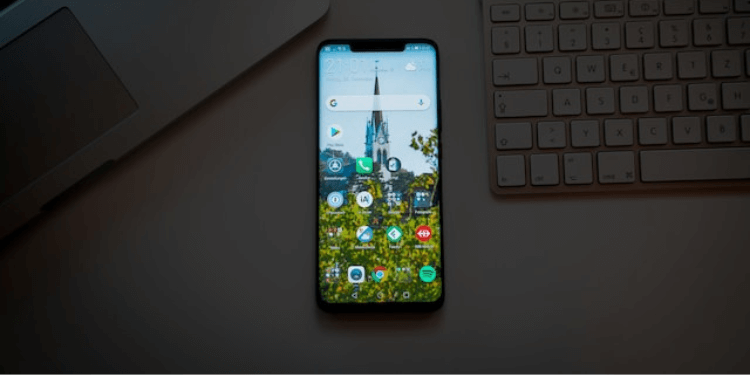The early internet adopters were more or less restricted to desktop devices back in the day. Technology since then has skyrocketed at the speed of lightening and more than 1 in 3 human beings are connected to the internet. The latest figures show that more than 5 billion people are smartphone users and spend more than 4 hours on their devices every day! With such a takeover of technology, it is important for marketers these days to make the most out of these statistics and leverage them to their benefit.
Mobile Optimization Explained
Mobile optimization involves the strategic design of a company’s website with a mobile-user-centric philosophy in place. Often confused with making a website mobile-friendly, mobile optimization reformats the webpage to include restructured content and more visible/bigger buttons whereas making a website mobile-friendly is just simply shrinking the page size to fit a mobile screen.
The goal of mobile optimization is to ensure that mobile users can effortlessly access your site and explore its content. By enhancing the user experience and streamlining interactions with your web pages and their components, this practice increases the likelihood of users spending more time engaging with your site’s offerings. Ultimately, mobile optimization can lead to increased clicks and improved sales conversion rates.
Mobile optimization is essential for helping your digital marketing efforts succeed because users live in an omnichannel world where all your online efforts have to be on par with their social media counterparts to remain relevant.
Mobile Optimization Roadmap to Success
SEO optimization: In September 2020, Google switched its indexing to a mobile-first policy which meant their web crawlers prioritized mobile-first pages while indexing resulting in a higher ranking.
Design factor: A mobile-centric design involves the consideration of mobile-friendly design which includes one-handed phone use, “fat fingers” which prevent accidental clicks, the use of Javascript and CSS over Flash, and many more tiny design elements that make a web session pleasant for the user.
Page loading speed: By compressing images, cleaning up the back end, shrinking the code, reducing redirects, and making the most out of browser caches, you can easily reduce the page load time to ensure that users stay on your web page for a longer period of time.
Benefits of Mobile Optimization
Higher search rankings: Since Google now prefers mobile-first indexing and your ultimate goal is to show up at the top of the search results, keeping SEO in mind will have a major impact in driving website traffic.
Enhanced user experience: In a consumer-centric world, having a user-friendly website goes a long way with your customers since a good experience guarantees repeat visitors/shoppers.
Better conversion and sales: With a larger volume of visitors on your website who can easily and efficiently navigate your website, they will be inclined to spend more time browsing through your offerings and make more purchases. This, bundled with an omni-channel digital experience will do wonders for your business growth.
In summary, mobile optimization is the way forward in taking your business to the next level, while improving your bottom line and growing your customers.




















































